OLED screens can be found in "pocket" sizes in the case of our mobile phones, and they are also produced in really large diagonals suitable for televisions. Compared to the time when this technology began to spread around the world, but those large diagonals have become much cheaper, despite the current increase in prices. So what's the difference between OLED in a phone, which is still quite expensive, and OLED in a TV?
OLEDs are organic light-emitting diodes. Their faithful rendering of black results in an overall image quality that surpasses traditional LCDs. Additionally, they don't require OLED backlights from LCD-based displays, so they can be very thin.
Currently, OLED technology can also be found in mid-range devices. The main manufacturer of small OLEDs for phones is Samsung, we find them not only in Samsung Galaxy phones, but also in iPhones, Google Pixels or OnePlus phones. OLED for televisions is made, for example, by LG, which supplies them to Sony, Panasonic or Philips solutions, etc. However, OLED is not the same as OLED, although the technology is similar, the materials, the way they are manufactured, etc. can lead to significant differences.
It could be interest you
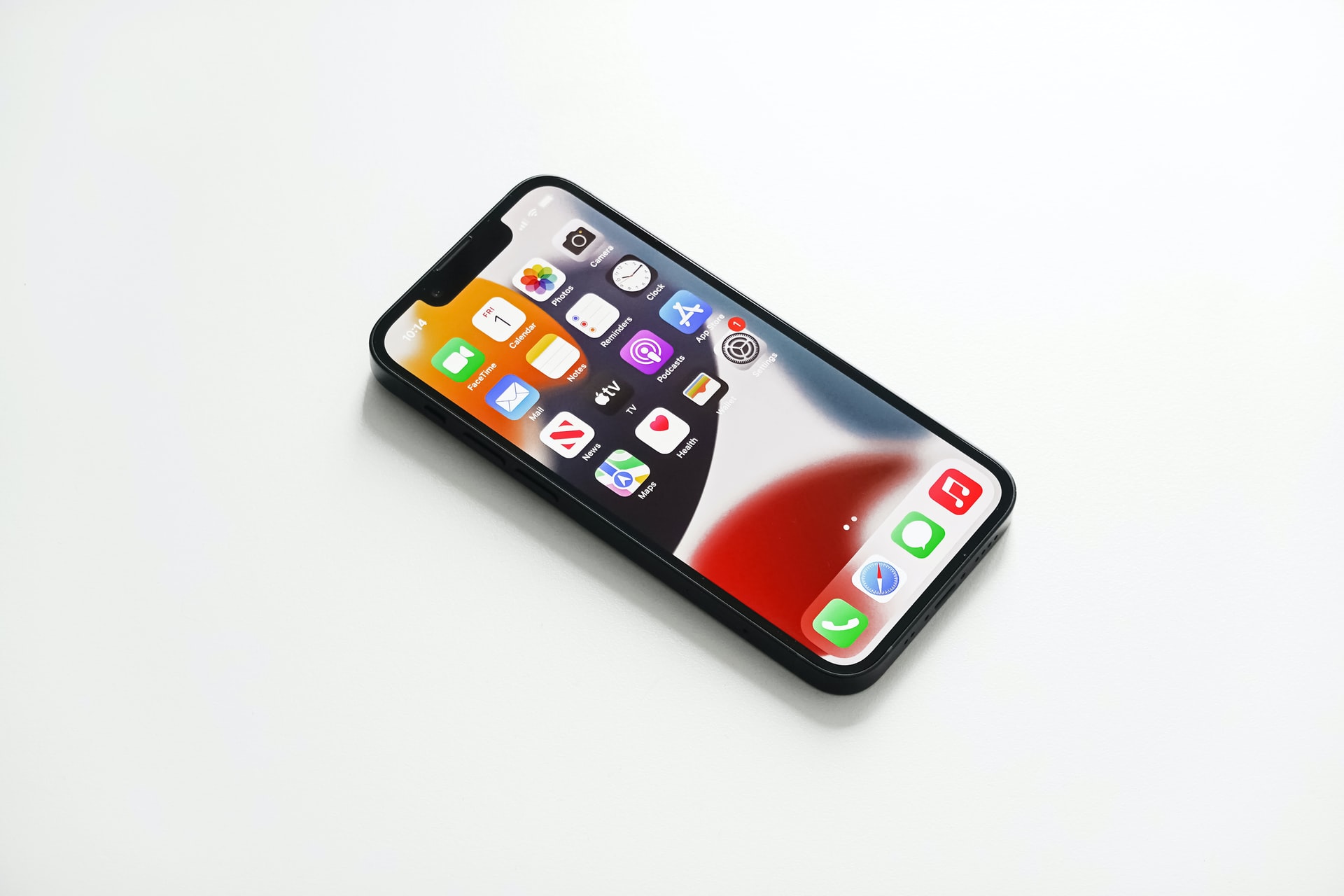
Red, green, blue
Each display is made up of small individual picture elements called pixels. Each pixel is made up of further sub-pixels, usually one each of the primary colors red, green and blue. This is a big difference between different types of OLED. For mobile phones, subpixels are typically created separately for red, green, and blue. Televisions use an RGB sandwich instead, which then uses color filters to produce red, green, blue and also white.
Simply put, every subpixel on a TV is white, and only the color filter above it determines what color you'll see. This is because this is what makes it possible to minimize the effects of OLED aging and thus pixel burnout. Since every pixel is the same, the entire surface ages (and burns) evenly. Thus, even if the entire panel of the television darkens over time, it darkens equally everywhere.
It could be interest you
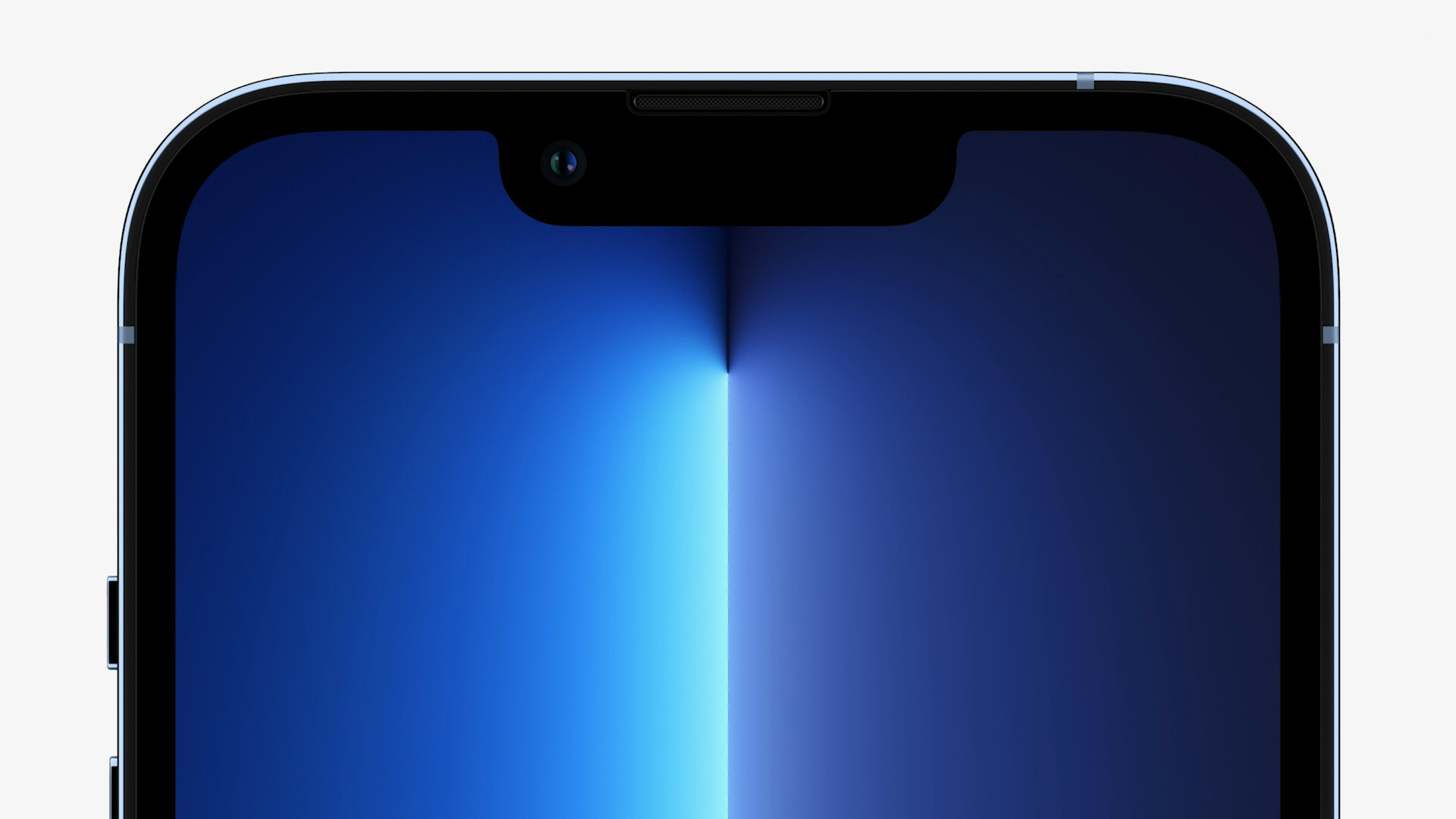
It's about the size of a pixel
What is of course important for such large diagonals is that it is a simpler production, which is of course also cheaper. As you can probably guess, the pixels on a phone are much smaller than those on a TV. Since OLED pixels then produce their own light, the smaller they are, the less light they produce. With their higher brightness, a number of other issues also arise, such as battery life, excess heat generation, questions about image stability, and ultimately, overall pixel life. And all this makes its production more expensive.
This is also why OLEDs in mobile phones use a diamond pixel arrangement, meaning that instead of a simple square grid of red, green and blue subpixels, there are fewer red and blue subpixels than green. The red and blue subpixels are essentially shared with neighboring green ones, to which your eye is equally more sensitive. But mobile phones are closer to our eyes, so more sophisticated technology is needed. We look at televisions from a greater distance, and even if they are large diagonals, we cannot see the difference in the use of cheaper technology with our eyes.
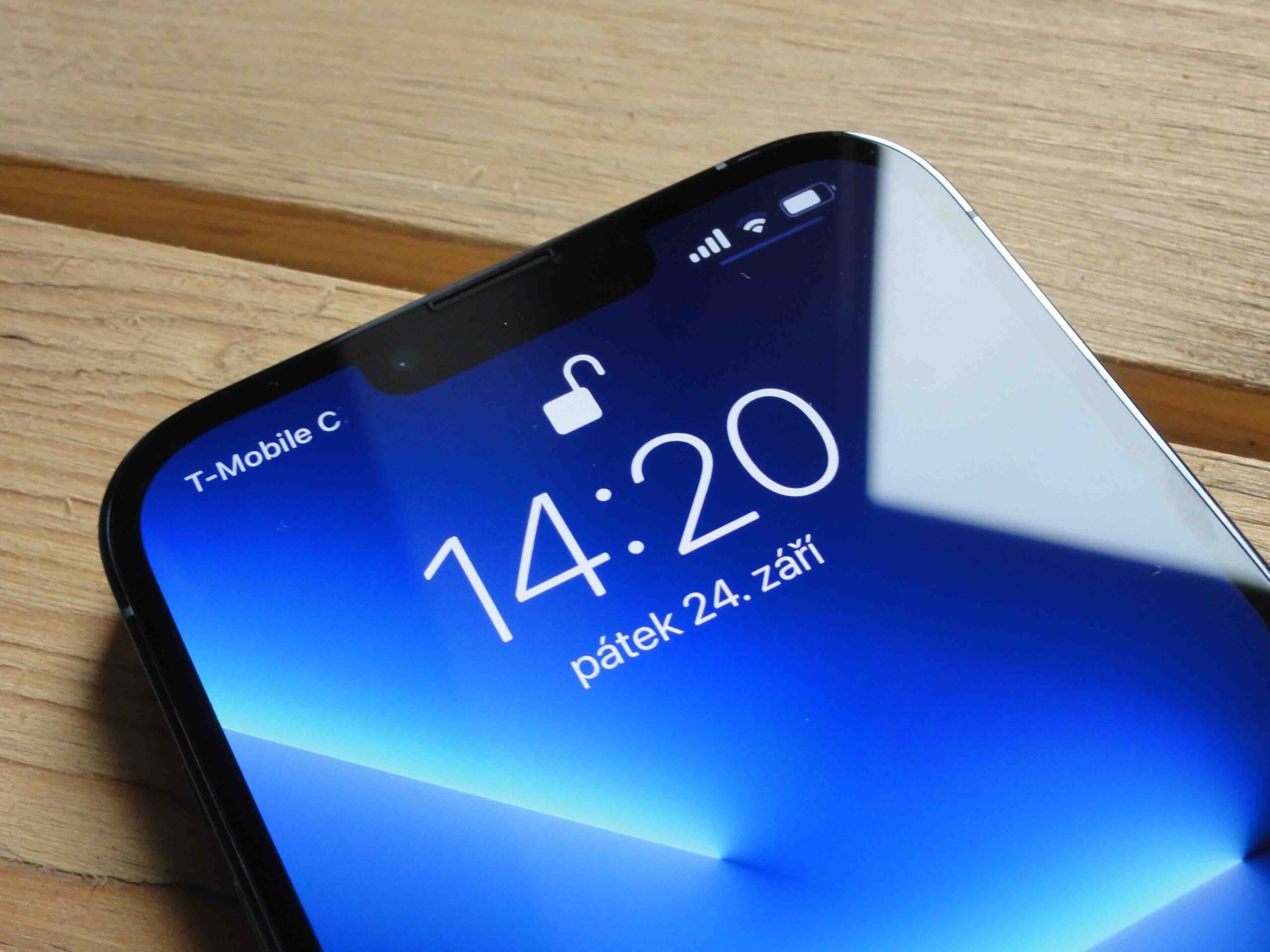
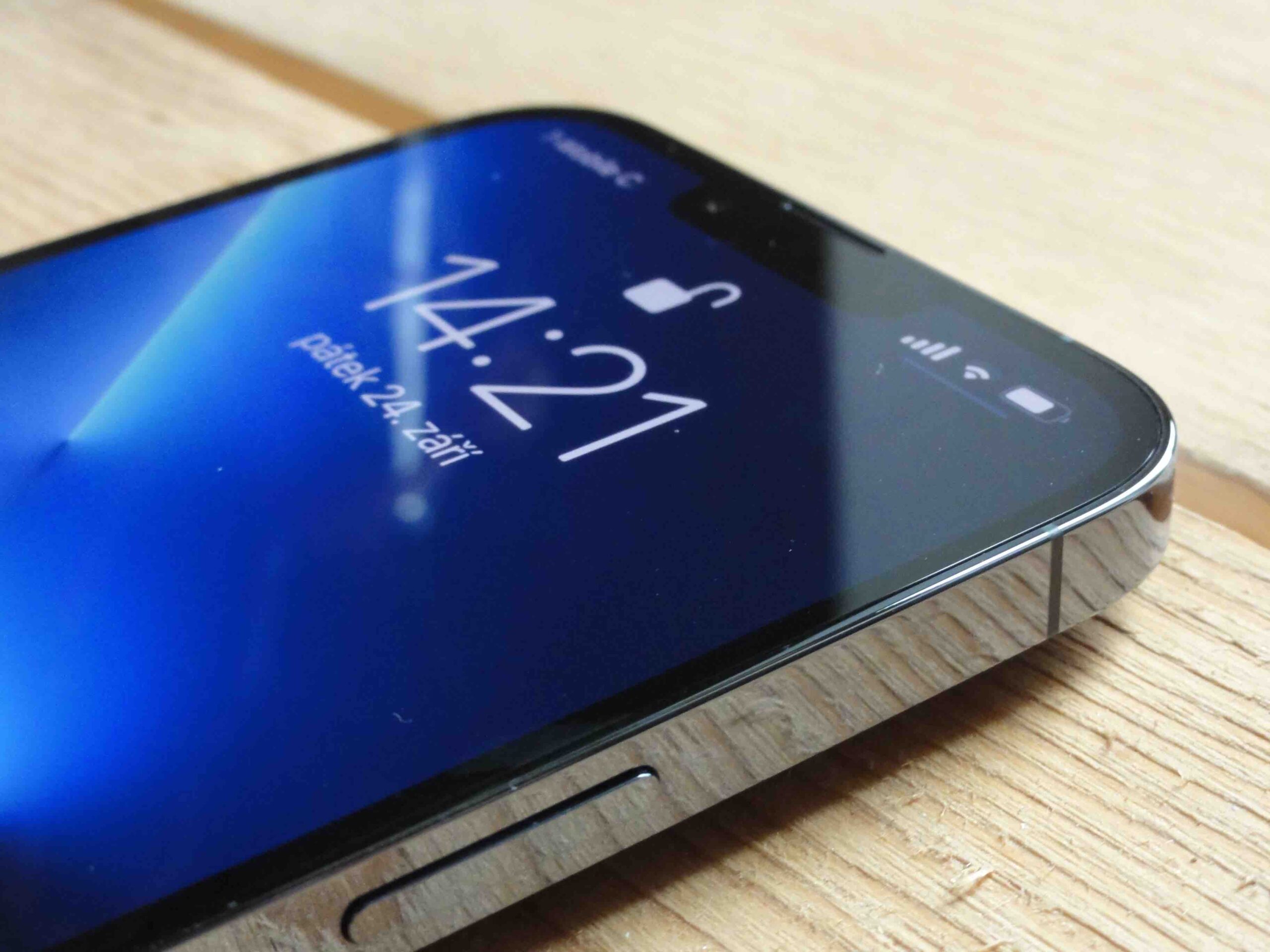

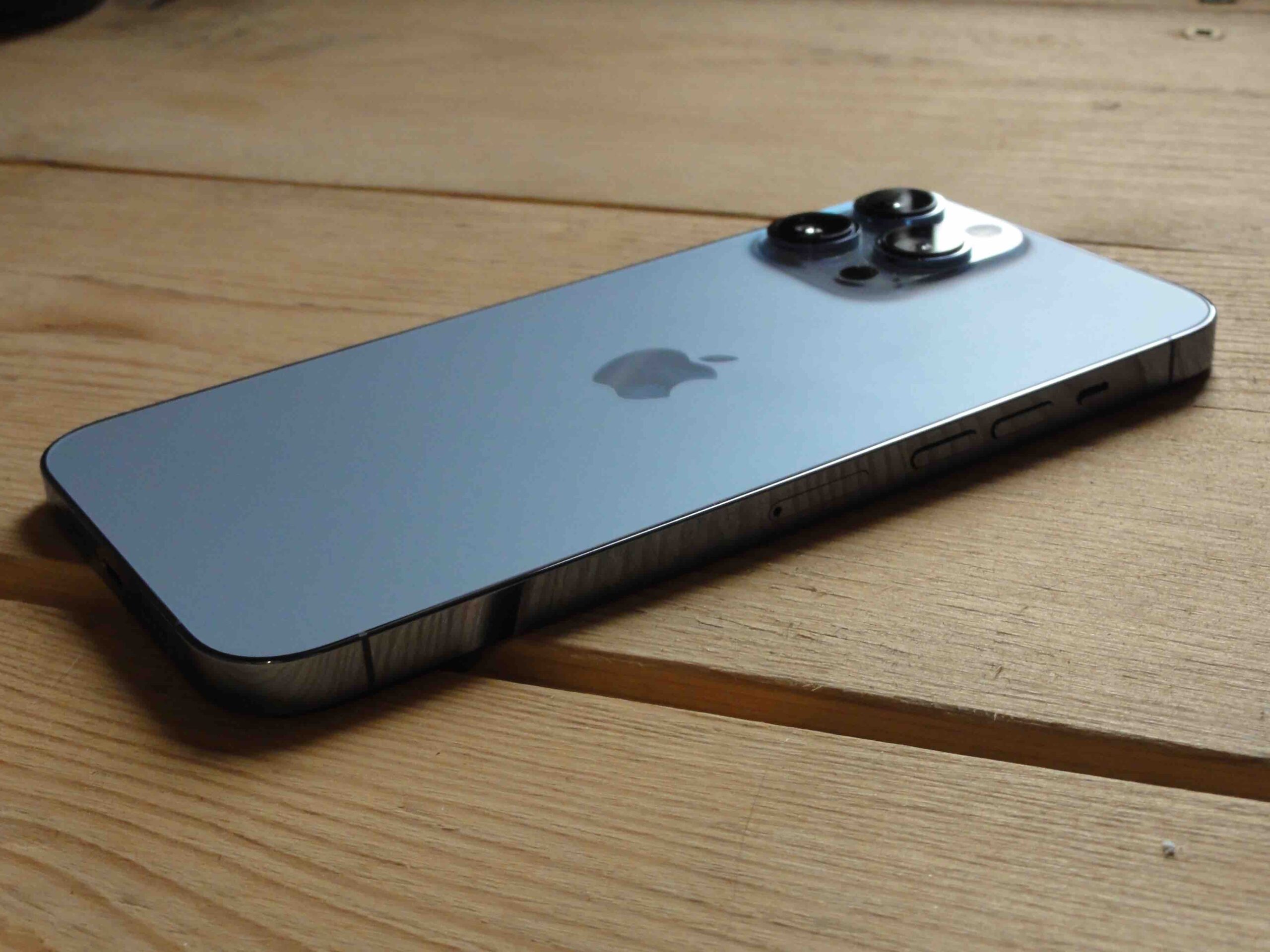

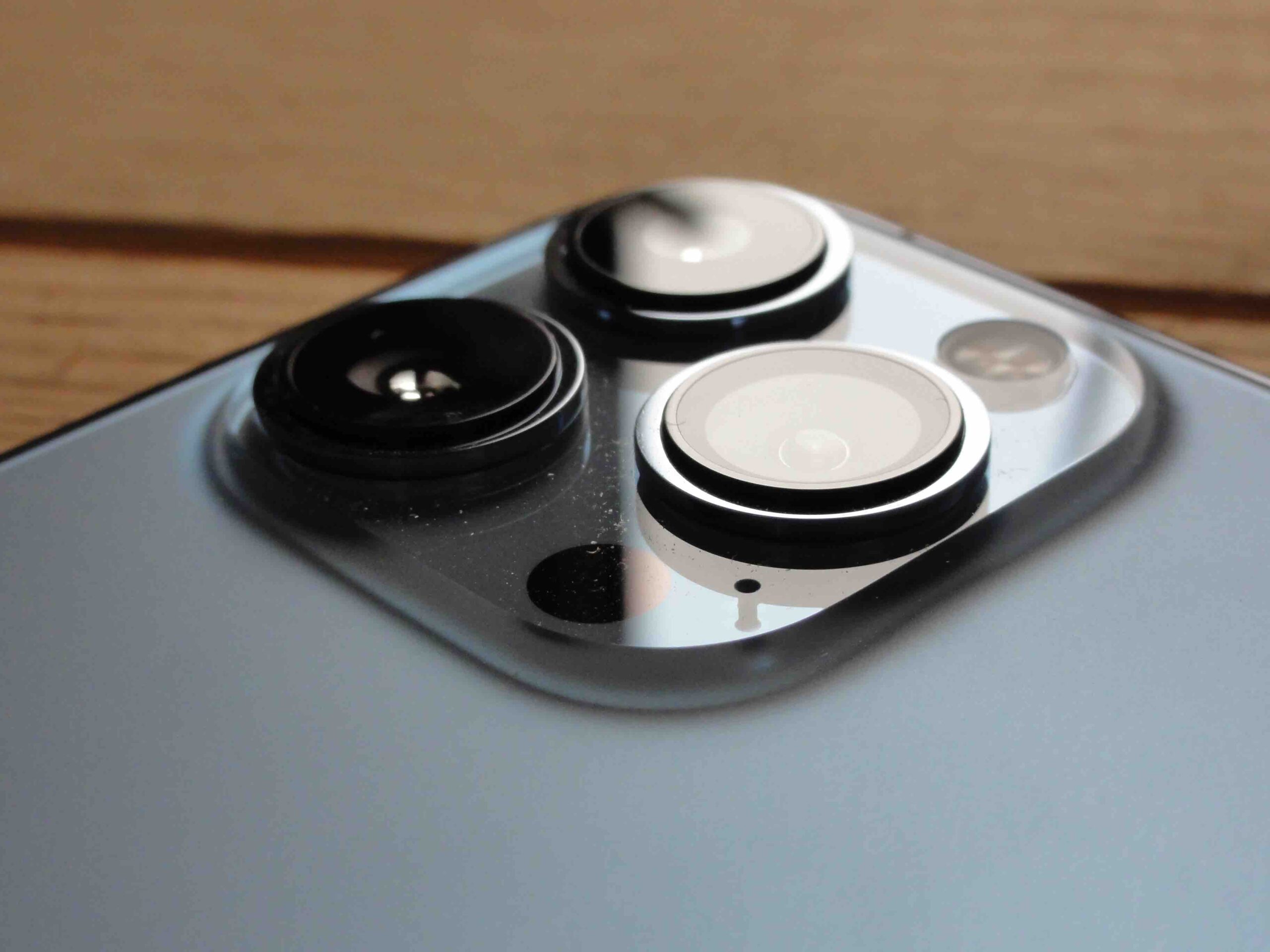
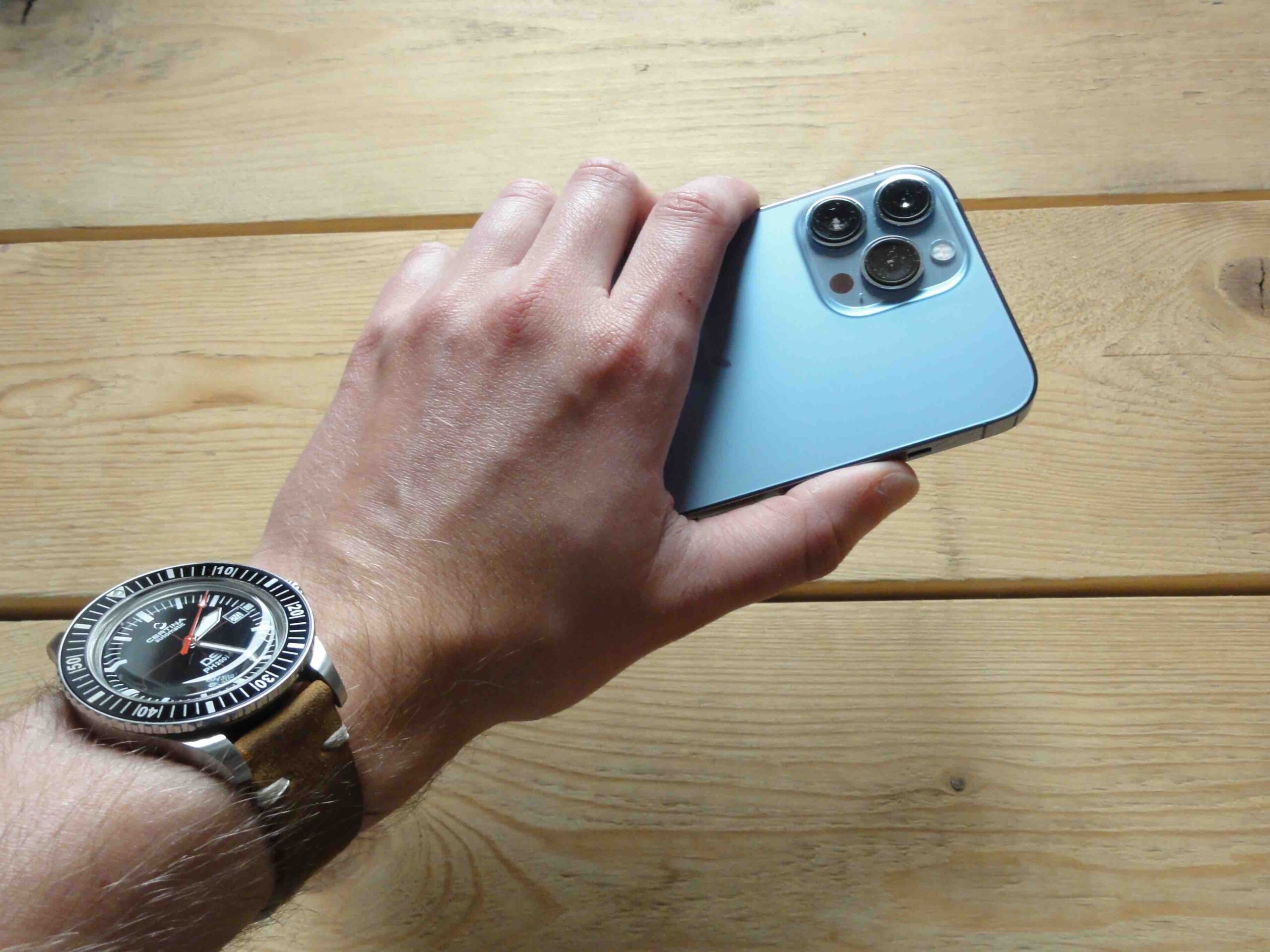
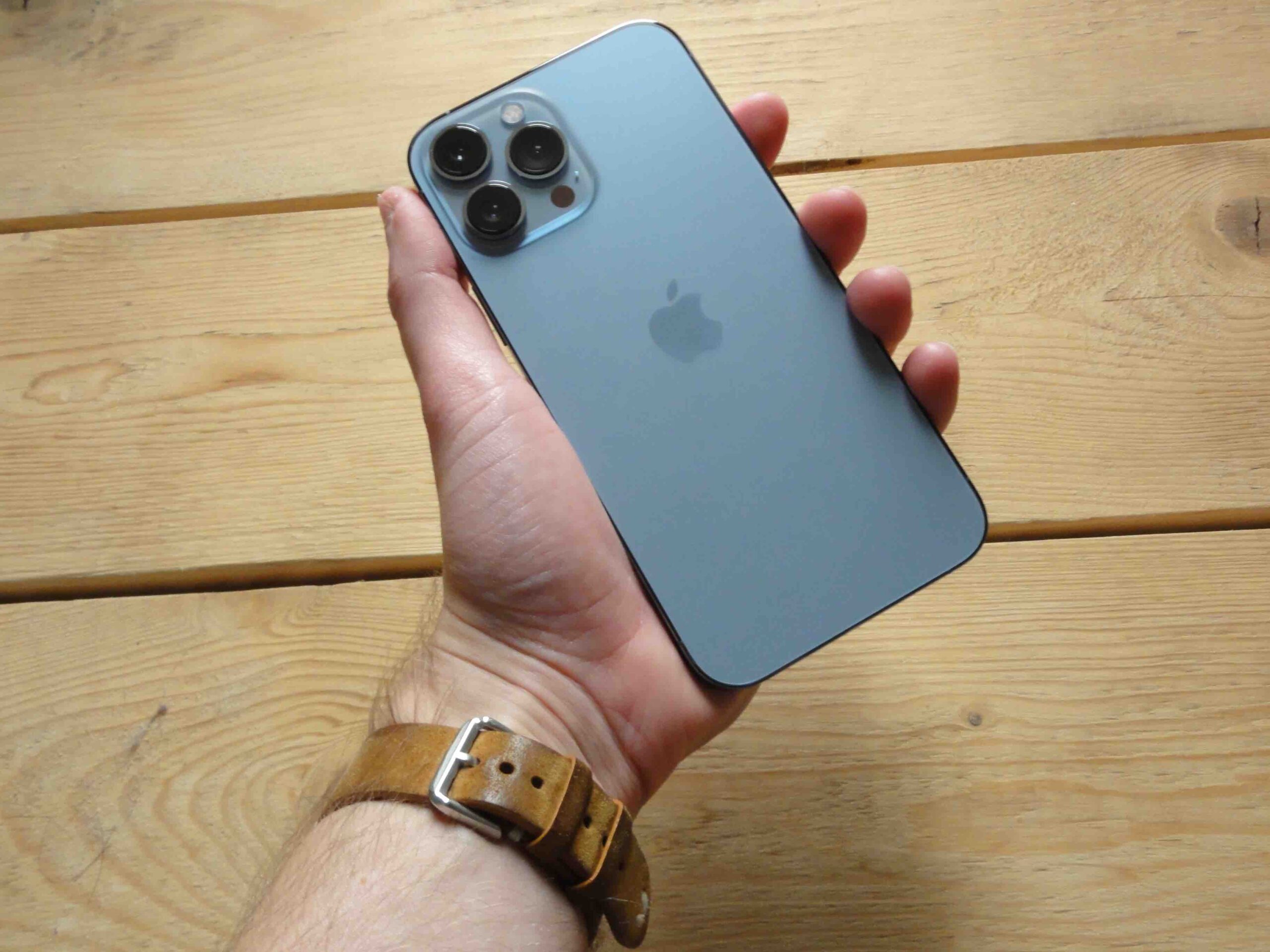
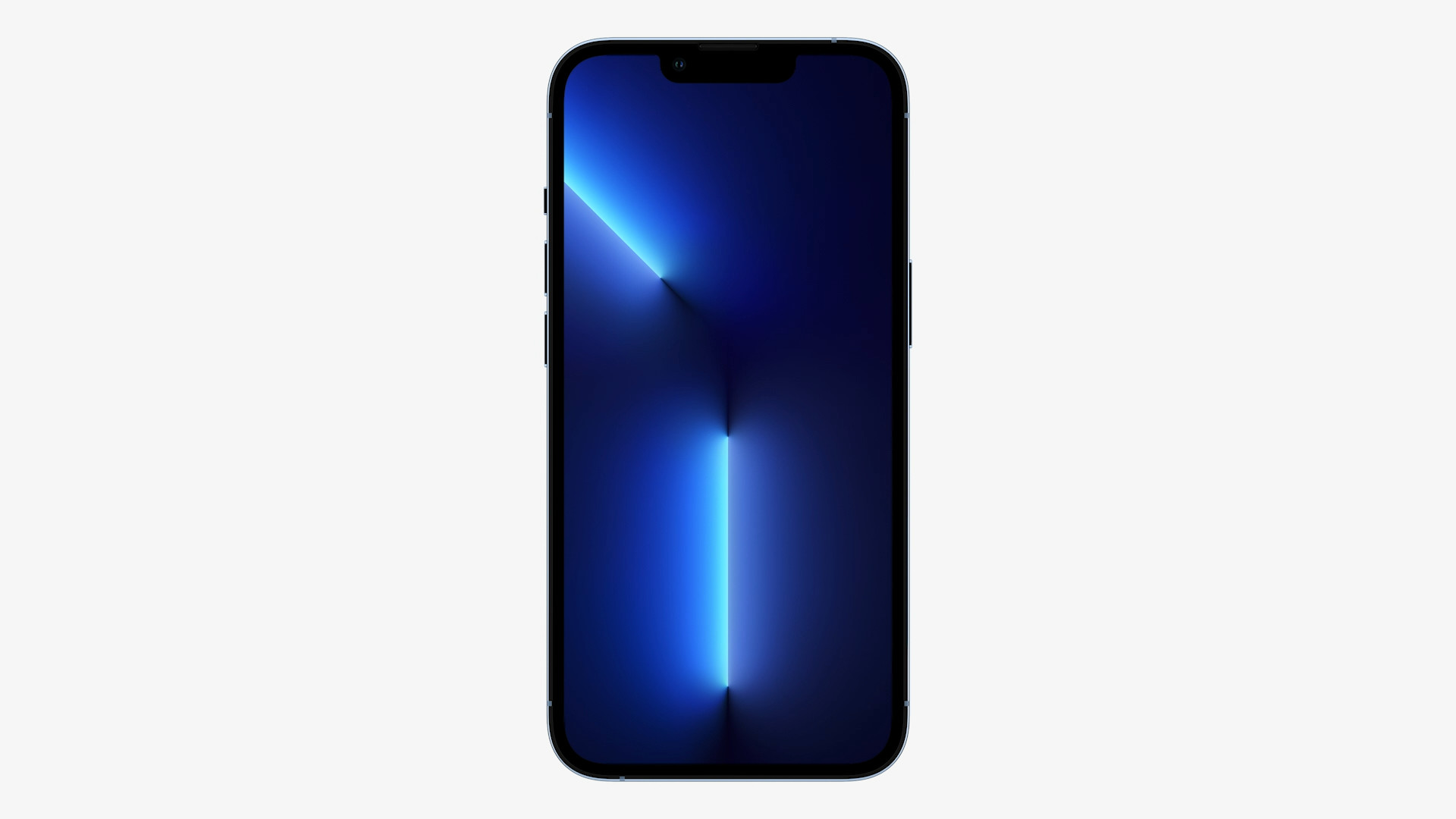



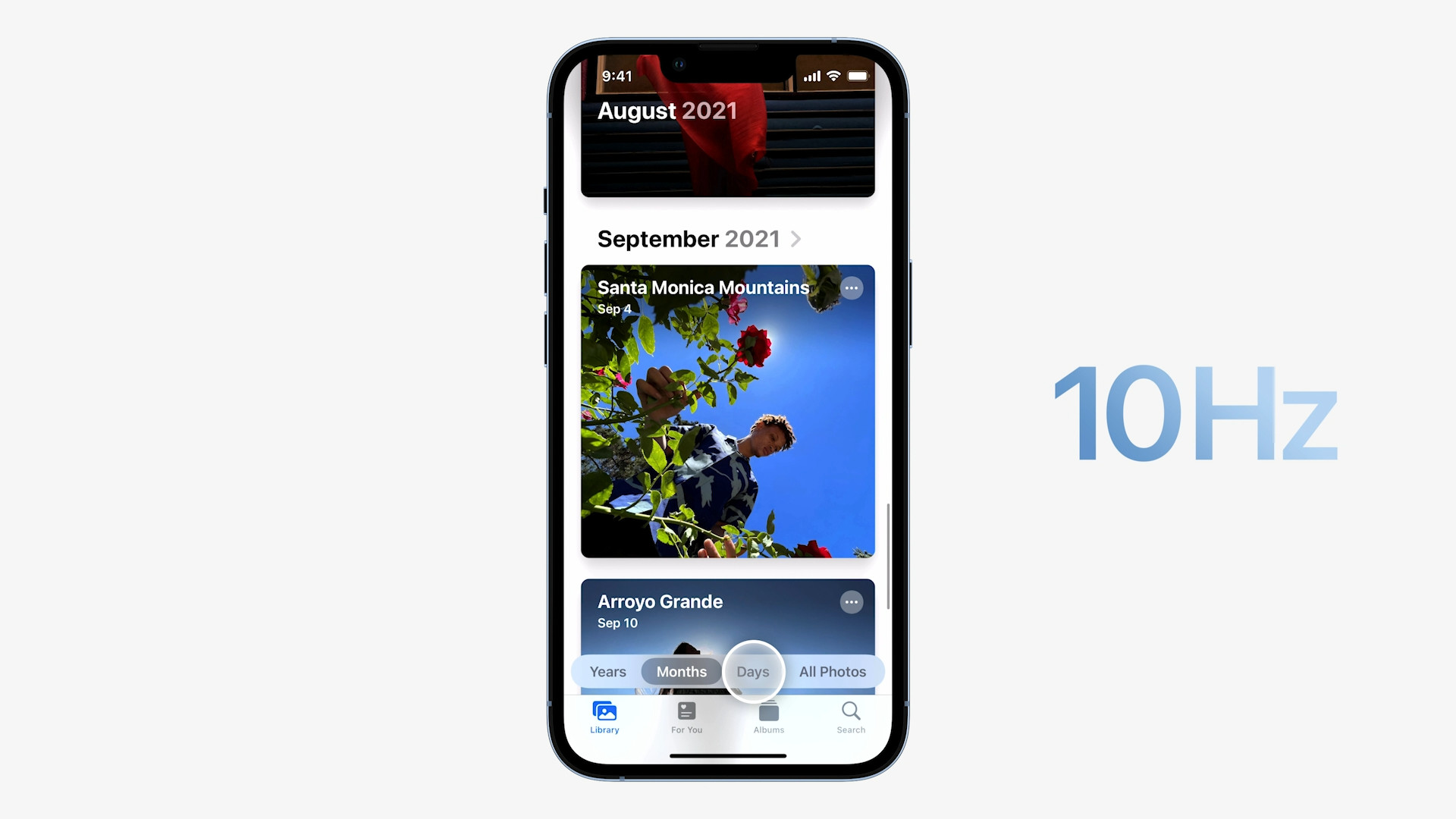


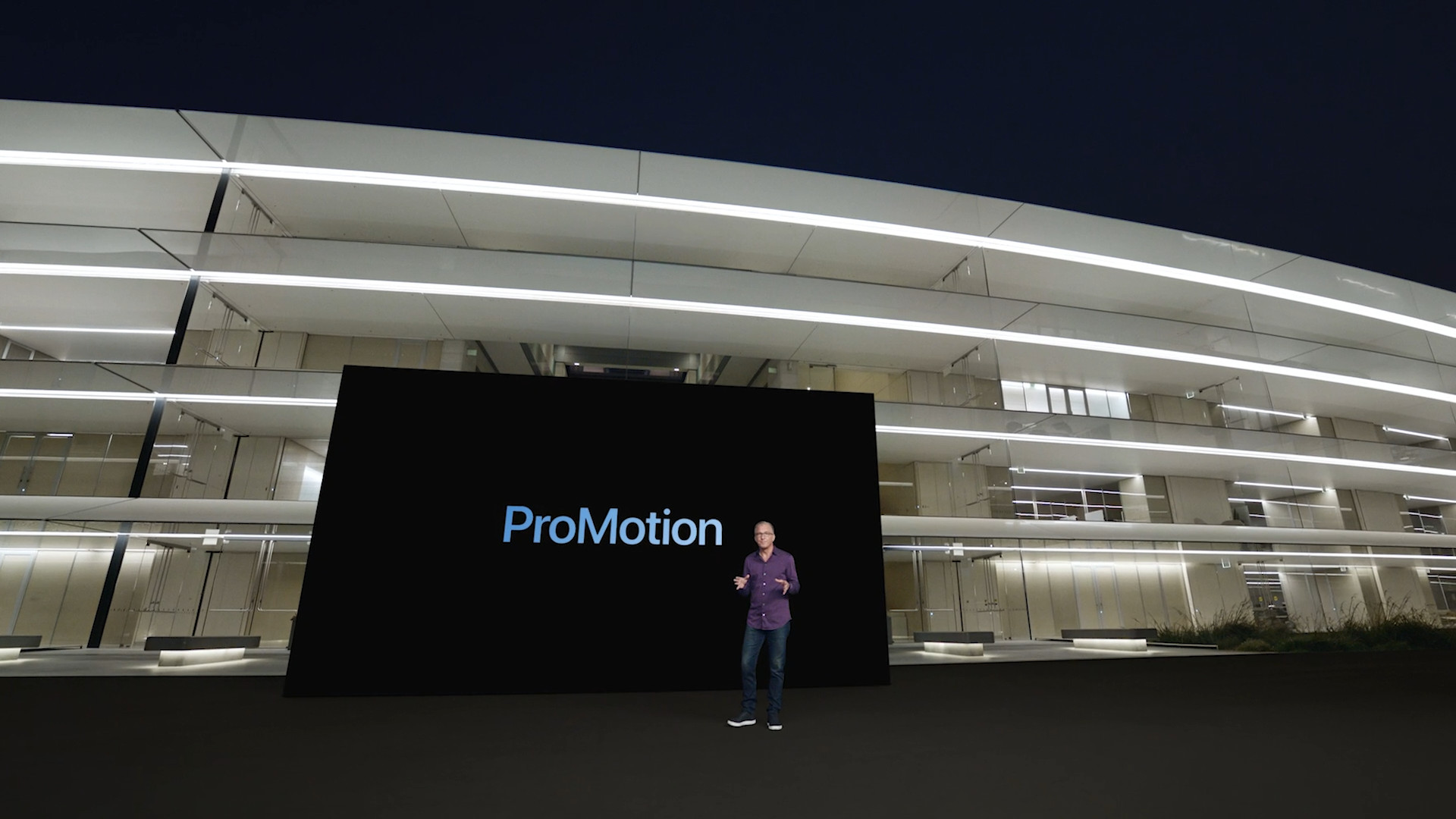
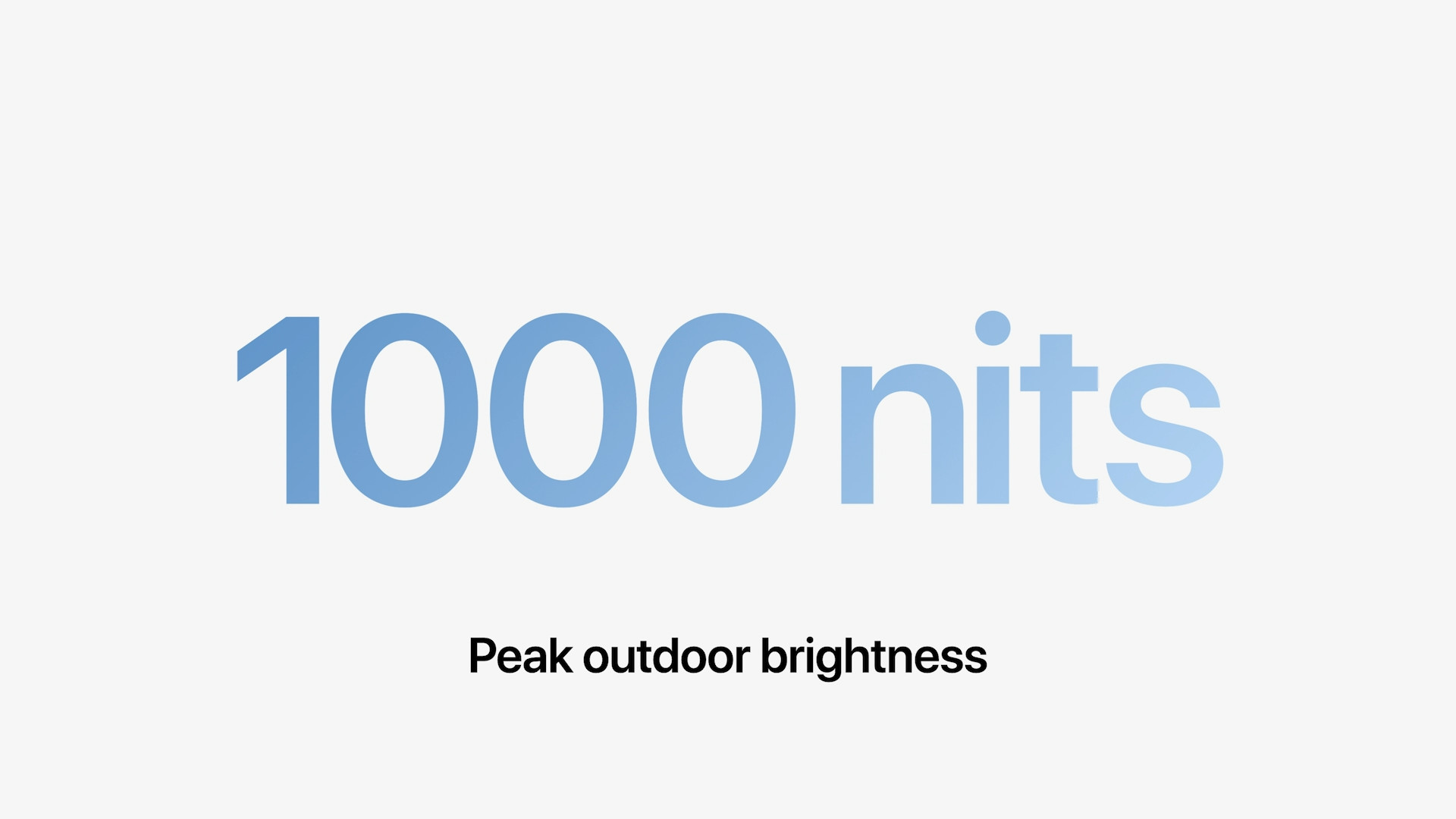

 Adam Kos
Adam Kos
Nicely and simply explained